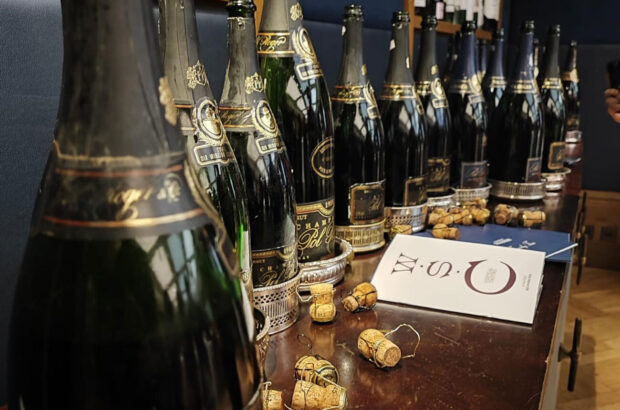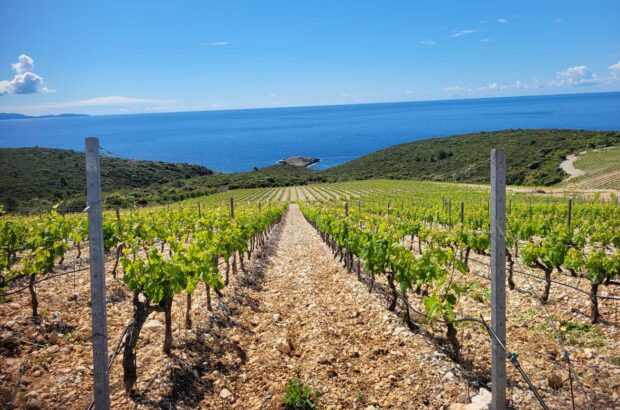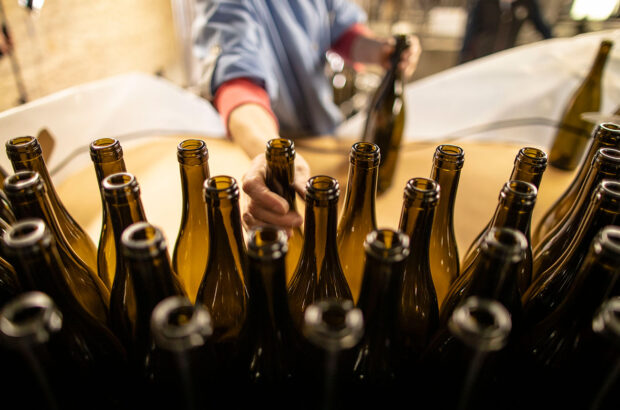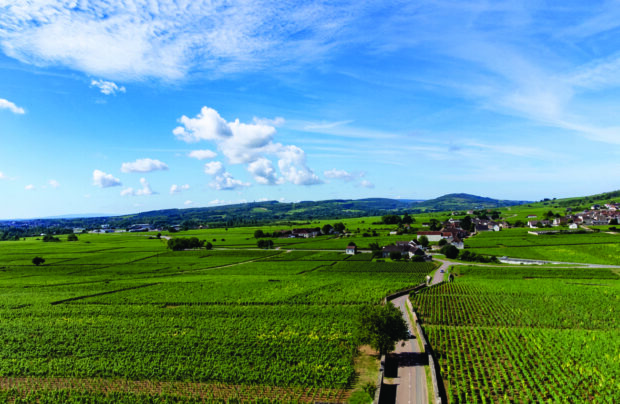One sunny morning in June 2020, Philippe de Rothschild and Château Mouton Rothschild’s then managing director Philippe Dhalluin smiled from my computer screen, thanks to Microsoft Teams video conferencing, which I’d just figured out how to use.
The duo, at Mouton, plunged into the back story of the excellent 2019 vintage in Bordeaux, while I sipped, and discreetly spat out, barrel samples they’d shipped over to me in rural Connecticut, some 5,700km away.
At my desk, I balanced bottles, glasses, spit bucket, pen and notebook, and scribbled notes. For US merchants and wine writers, dozens of these remote experiences on Zoom, Teams, Webex and more were 2020’s Covid-19 lockdown version of Bordeaux’s hectic annual en primeur week, usually held two months earlier, in April.
The contrast with the previous year’s tastings, when I drove madly from château to château, travelling some 600km over two weeks, could not have been greater. ‘Virtual’ en primeur in the US brought different challenges – technological, logistical, practical.
With Eric Kohler, technical director for Château Lafite Rothschild, who was in the south of France, the video worked perfectly but not the sound, so we had to talk via phone while watching one another savour Lafite 2019. Samples from one château made a two-week side trip to Ohio before reaching me, but were nevertheless okay.
Welcome relief
The big question was whether anyone in the US cared about 2019 Bordeaux in the midst of pandemic turmoil, with people dying, restaurants closing, unemployment at nearly 15% and tariffs of 25% applied to wines from France (and Spain, Germany and the UK).
On the other hand, people were drinking – a lot. Surprisingly, the futures campaign turned into more of a success than anticipated. Clyde Beffa Jr, owner of the Bay Area’s K&L Wine Merchants and a big player in selling Bordeaux, perked up when Château Pontet-Canet released its wine priced at 31% below the 2018, emailing: ‘Some good news!’
Jamie Ritchie, worldwide head of wine for Sotheby’s, reported strong interest from previous buyers as well as from new ones for the more than 120 wines they were offering. He pegged this to the quality of the vintage and attractive pricing (read: deep price cuts), and also to people being at home with few distractions besides work.
Boredom has its uses. Maybe it also inspired wine lovers to spend fantasy time perusing Zachys’ 40-page catalogue of 2019 futures. K&L sold 90% of what it offered, but that was only about half the amount they sold of the 2016s.
Needs Must
But let me backtrack. After I had cancelled my usual annual Bordeaux trek in early March 2020, President Macron soon put France into total lockdown and the Union des Grands Crus de Bordeaux (UGCB) suspended all of its tastings. I wondered what would come next.
Beffa had urged châteaux to put off releasing prices until the end of the year. Some US journalists pushed for a total en primeur reset – holding the tastings after wines were bottled, perhaps. By mid-May 2020, emails started coming in from châteaux asking whether I would like samples shipped from Bordeaux. I was all in, nostalgic for at least some semblance of my former wine life. Viewing the light-filled Cos d’Estournel tasting room was a pleasure, even on a screen.
Fabrice Bernard of Bordeaux négociant Millésima told me it was the first time châteaux had sent samples internationally. Not all would. Thomas Duroux of Château Palmer emailed that his wines were too fragile to ship to the US. Ditto Cheval Blanc and Montrose. All those I received, however, were in good shape. Was that a powerful argument for postponing tastings to later in the spring when samples are more stable?
To make sure his samples wouldn’t be damaged, Bruno Borie of Château Ducru-Beaucaillou used a system invented by FlaconWit, by which four wines (including two new cuvées) arrived in 100ml tubes protected by inert gas and packed into a very stylish purple box.
Shaun Bishop, CEO of JJ Buckley Fine Wines, and his staff received 200 barrel samples, tasting them over three days. Ritchie sent an image of more than 100 at his apartment.
In the end, I managed 125, a third of my usual Bordeaux en primeur routine, and was duly impressed by the quality.
No substitute
Merchants and wine writers complain about the en primeur system. But I admit I missed the gossipy circus of the in-person version, always a deep dive into how the Bordeaux region works and why it retains power in the wine world.
By comparison, the virtual version was unsatisfying and limited – though it is far better for the environment than having thousands of people fly into Bordeaux from around the globe.
2021: More virtual wine tastings
Which brings me to 2021. The en primeur situation for the US was a repeat of 2020 for me, with even more wines at my door. Bishop, Beffa and Ritchie ploughed through shipped samples, but also tasted in Bordeaux.
I’m rooting for the 2020s, harvested and made in a tough pandemic year. Though the dollar is weaker than it was in 2020 and release prices are higher, in a deal on 15 June, the US and EU agreed to suspend existing punitive tariffs between the two for the next five years, from 11 July.
The UGC, which originally planned tastings for some cities, didn’t even bother to schedule one in the US in 2021. I was at my desk again, looking at people on a screen while sipping the shipped samples, thinking about whether this could become a new normal – and reminding myself that virtual en primeur does have advantages. The biggest? I can spend more time re-tasting and assessing each wine when I don’t have to speed off after 40 minutes to get to another appointment.
But I’d really rather be in Bordeaux.












